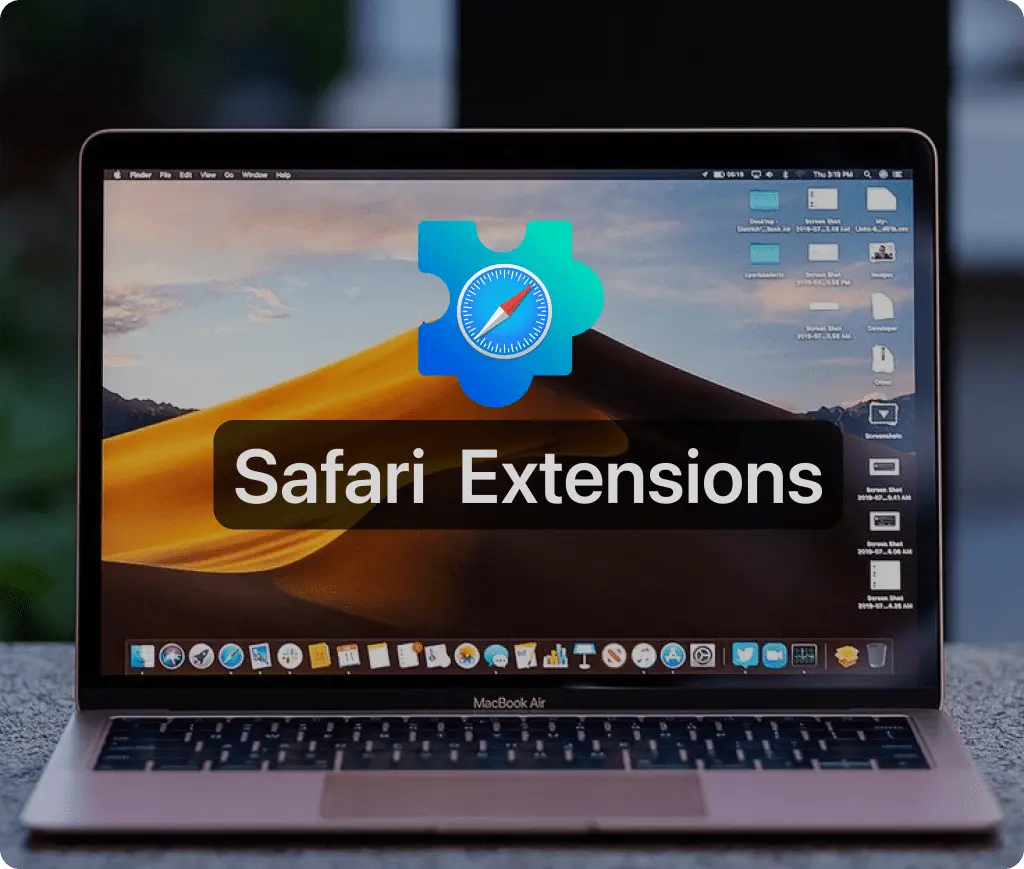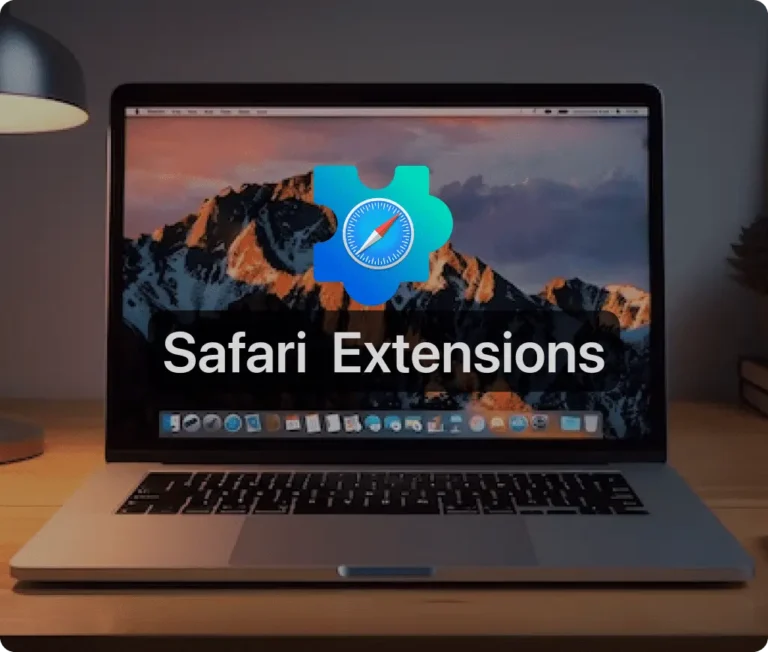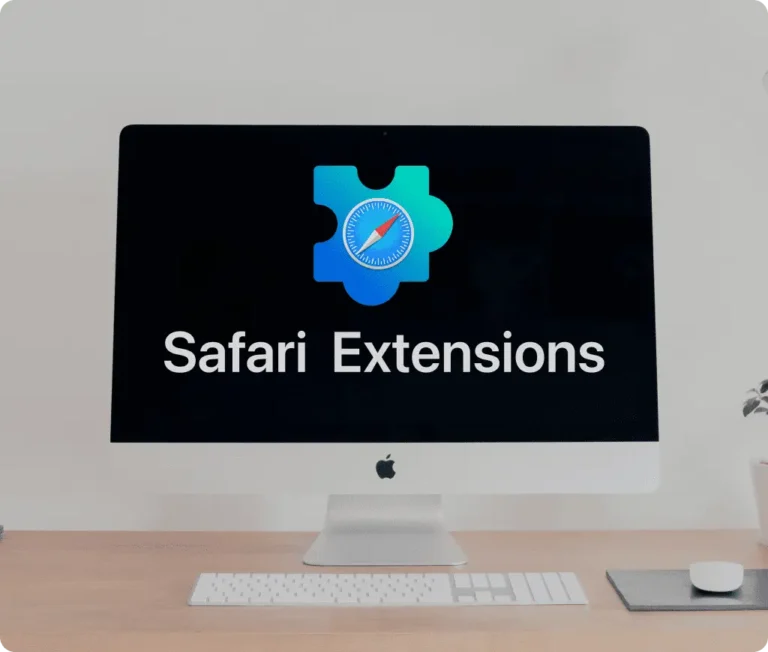
Imagine supercharging your browsing experience with a simple tool that not only customizes your web interface but also boosts your productivity! In this post, I’ll walk you through everything you need to know about installing, enabling, and managing Safari Extensions across your Apple devices. Drawing on insights from our related guides, I’m excited to share actionable tips that are both professional and easy to follow.
What Are Safari Extensions?
Safari Extensions are small add-on programs that enhance your browser by integrating new features, improving performance, and personalizing your web experience. Whether you want to block ads, access social media tools, or integrate functionalities from other apps, a Safari Extension does it all!
How to Install Safari Extensions
Installing a Safari Extension is straightforward and similar to installing any other app from the App Store. Let’s break it down by device.
Installing Safari Extensions on iPhone
- Open the App Store on your iPhone.
- Search for the Safari Extension you want.
- Tap “Get” or the price button to download and install.
- Follow the in-app setup instructions for a smooth experience.
Installing Safari Extensions on iPad
- Launch the App Store on your iPad.
- Look for the Safari Extension you’re interested in.
- Tap “Get” or the corresponding price to start the download.
- Once installed, open the app and follow the guided setup instructions.
Installing Safari Extensions on Mac
- Open Safari on your Mac and select Safari > Safari Extensions from the menu.
- Browse through the available Safari Extensions in the Mac App Store.
- Click “Get” or the price button, then confirm the installation.
- The extension will install, and you can start customizing your browser immediately!
How to Enable Safari Extensions
After installation, your Safari Extension isn’t active until you enable it. Here’s how you can turn it on across your devices.
Enabling Safari Extensions on iPhone or iPad
- Go to Settings > Safari > Extensions.
- You’ll see a list of installed Safari Extensions.
- Tap on the extension and toggle “Allow Extension.”
- If desired, enable “Allow in Private Browsing” for uninterrupted usage.
Enabling Safari Extensions on Mac
- Open Safari and select Safari > Settings.
- Click on the Extensions tab.
- Check the box next to your Safari Extension to activate it.
- For private browsing support, click on the extension’s name and select “Allow in Private Browsing.”
How to Use and Access Safari Extensions
Once your Safari Extensions are enabled, they integrate seamlessly into your browsing experience. Here’s how to access them:
Using Safari Extensions in Safari on iPhone
- Tap the page menu icon in Safari.
- Under “Manage Extensions,” you’ll find your active Safari Extension.
- Tap the desired extension to see its features and settings.
Using Safari Extensions in Safari on iPad
- Tap the Extension jigsaw icon next to the address bar.
- All enabled Safari Extensions appear for quick access.
- Select the extension to open its toolbar popover and start using its functionality.
Using Safari Extensions in Safari on Mac
- On your Mac’s Safari toolbar, icons for your active Safari Extensions are displayed.
- Click on an icon to instantly interact with the extension.
- This makes it easy to toggle features or access settings while browsing.
How to Manage Safari Extensions
Effective management of your Safari Extension ensures your browser stays fast, secure, and tailored to your needs. Here’s a guide to handling permissions, access restrictions, and removal.
Viewing and Changing Extension Permissions
On iPhone or iPad
- Open Settings > Safari > Extensions.
- Tap the specific Safari Extension to view its permissions.
- Adjust permissions as needed, ensuring the extension only accesses what you allow.
On Mac
- In Safari, navigate to Safari > Settings > Extensions.
- Click on the Safari Extension to see detailed permission settings.
- Modify permissions for specific sites or functions as necessary.
Types of Permissions Safari Extensions May Request
- Website Data Access: Permissions to read, modify, or block website content.
- Toolbar Interaction: Access to the current page’s data when you click the extension icon.
- Background Functionality: Minimal permissions, where the extension only activates when manually triggered.
Restricting or Controlling Extension Access
- Use the extension’s built-in settings to limit which websites or data the Safari Extension can access.
- Toggle “Allow in Private Browsing” based on your privacy needs.
- Regularly review permissions to ensure your browsing remains secure.
Uninstalling Safari Extensions
- To remove a Safari Extension, simply go to Safari > Settings > Extensions and uncheck or select “Uninstall.”
- On mobile devices, deleting the corresponding app from your device also removes its Safari Extensions.
How to Create a Safari Extension
For the developer-focused audience, creating your own Safari Extension can be a rewarding project. Here’s a quick overview:
- Set Up Development Tools:
Download Xcode from the Mac App Store and set up your development environment. - Create a New Project:
Select the “Safari Extension App” template in Xcode. - Develop Your Extension:
Use HTML, CSS, and JavaScript (with Swift for advanced features) to create the extension’s functionality. - Test and Debug:
Run your extension in Safari using Xcode’s built-in testing tools. - Submit to the App Store:
Once complete, distribute your Safari Extension via the App Store after obtaining an Apple Developer account.
Still have questions?
Feel free to reach out to support teams or visit trusted resources to learn more about managing your Safari Extension effectively.
Conclusion and Key Takeaways
In conclusion, mastering Safari Extensions can transform your browsing experience by adding robust functionality and enhanced privacy controls. Here are the key takeaways:
- Installation Made Easy: Whether on iPhone, iPad, or Mac, installing a Safari Extension is as simple as downloading an app from the App Store.
- Enable and Use with Confidence: Activate your Safari Extensions and enjoy easy access via intuitive toolbar icons and settings menus.
- Manage Wisely: Review permissions, restrict access, and uninstall Safari Extensions as needed to maintain optimal performance.
- Developer Opportunities: For those interested, creating a Safari Extension opens up a world of customization and innovation.
By following these guidelines and tips from our comprehensive guides, you’re well on your way to a more efficient and personalized Safari experience. Happy browsing!
Must-Have Safari Extensions
There are several Safari extensions that can significantly enhance your browsing experience. Here are a few worth checking out:
- What Font for Safari: Easily identify web fonts on any page. Check the App Store and read more in this article.
- Color Sense: A top-notch color picker tool for designers. Check the App Store and read more in this article.
- Window Resizer for Safari: Simplifies resizing your browser windows. Check the App Store and read more in this article.
- Enable Right Click: Restores the ability to right-click and copy content on protected websites. Check the App Store and read more in this article.
- Shade View Dark Mode: Automatically apply dark mode to any website. Check the App Store and read more in this article.
- CSS Inspector: Access and inspect CSS elements on any webpage. Check the App Store and read more in this article.
- SVG Picker: View and copy SVG files from websites. Check the App Store and read more in this article.
- Save Image as Type: Save images in your preferred format (PNG, JPG, WebP). Check the App Store and read more in this article.
- Page Ruler for Safari: Measure webpage elements with precision. Check the App Store and read more in this article.
- Auto Scroll and Read: Automatically scroll websites. Check the App Store and read more in this article.
- Auto Scroll and Find: Automatically scroll while searching for specific text. Check the App Store and read more in this article.
- Lorem Ipsum for Safari: Generate placeholder text with just a click. Check the App Store and read more in this article.
- Porn Blocker for Safari: Boost your focus by blocking adult content. Check the App Store and read more in this article.
- Focus Boost for Safari: Improve your productivity by minimizing distractions. Check the App Store and read more in this article.
- Highlight Text for Safari: Highlight and save Text. Check the App Store and read more in this article.
- Web Paint for Safari: Draw, Paint, Annotate, and take screenshots directly in Safari. Check the App Store and read more in this article.
- SEO Meta for Safari: Quickly analyze on-page SEO directly in Safari. Check the App Store and read more in this article.



